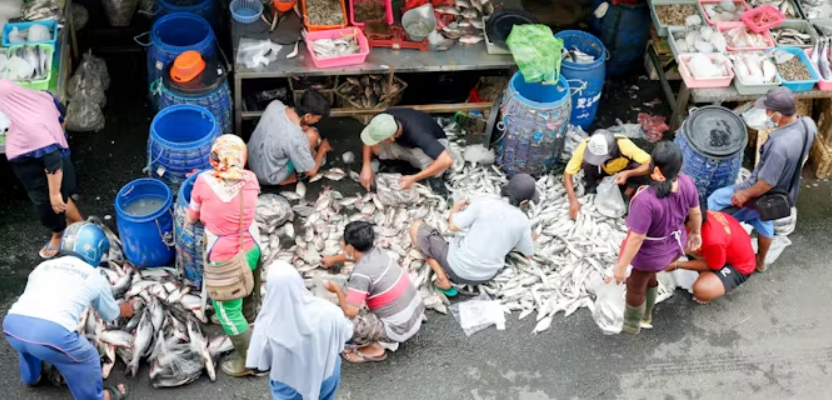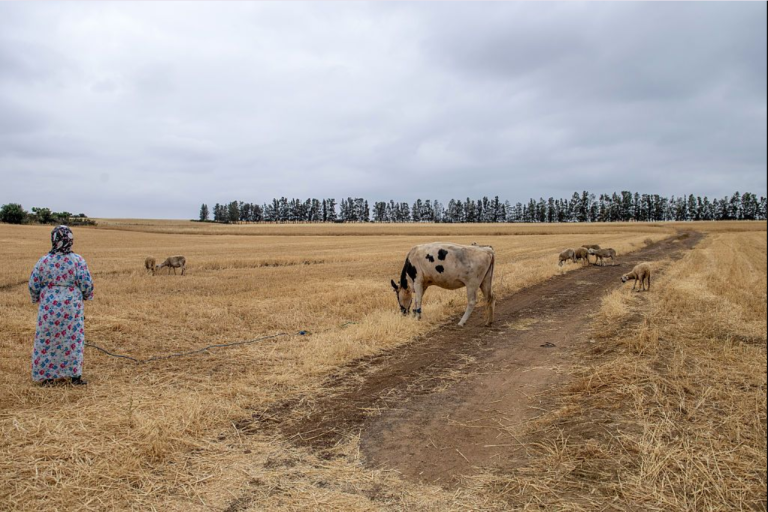Across the world, women and men experience the impacts of the climate crisis in different ways. These are shaped by societal roles and responsibilities and result in widening inequalities between men and women.
Sea-level rise, storm surges and high waves in coastal area do not discriminate, but societal structures often do. This makes climate change a highly gender-sensitive issue.
Research has long shown that coastal areas are the most directly affected by climate change. Small islands in Asia, central and South America and Africa – what many term “the global south” – are particularly vulnerable to land erosion and economic decline, amid livelihood losses in fisheries.
My doctoral research explores how in countries where women and girls already face disproportionate inequalities relating to ethnicity, class, age and education, the climate crisis is making things worse. In coastal areas, in particular, women and girls are ever more vulnerable.
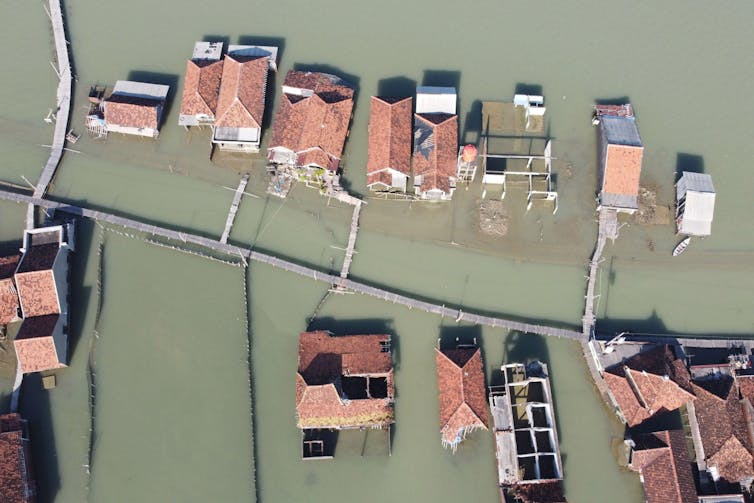
Livelihoods under threat
In 2017, in collaboration with the Indonesian Feminist Journal, I conducted research off the coast of Demak in Java, Indonesia. I found that women in coastal communities faced multiple problems, from poverty and domestic and gender-based violence to employment challenges.
Fisherwomen who work at sea are having to sail further out and contend with difficult conditions to find catches. One woman, Zarokah, I interviewed had started fishing with her husband, two years earlier, when he could no longer find a crew to work with. They wake at 3am to head out to sea.
She told me a basket of tiny flying fish goes for 150,000 rupiah (£7.70) and a good haul will yield several baskets. But even when they don’t catch anything, they still have to cover the cost of supplies and equipment. This income is inadequate when faced with a situation where fish are becoming scarcer and extreme weather prevents them from going out to sea.
I have shown how women in this area and beyond have contributed significantly to the fishing sector and coastal economies. And yet, Masnu’ah, who is the founder of a local fisherwomen’s organisation, told me that women’s economic role continues to not be recognised by their male peers and society more broadly.
Zarokah is still labelled a “housewife” on her ID card, despite the fact that, as she put it, “If I don’t go, my husband doesn’t go either and we cannot meet our needs.”
If the fisherwomen do not receive recognition for their work, they are unable to access social protections including life insurance. As climate change increasingly threatens the profession at large, having state support and insurance is vital.
Access to amenities and healthcare
It’s not just women’s livelihoods in this area that are impacted by extreme weather and any other disruptions to the fishing industry. Tidal flooding has also made it difficult for women and girls to access healthcare facilities.
Women find it difficult to access clinics because the roads are closed and isolated. One activist in Demak told me about helping a woman give birth in the middle of a tidal flood – when the houses were sinking. “It was very difficult,” she said, “because the waves were high, there were no boats. The baby died two to three days after.”
Research from other regions in the world show a similar pattern of increasing vulnerability. In the south-western coastal region of Bangladesh, natural hazards, including storm surges and cyclones, have long affected women significantly. Of the 140,000 people killed in the 1991 cyclone disaster, 90% were women.
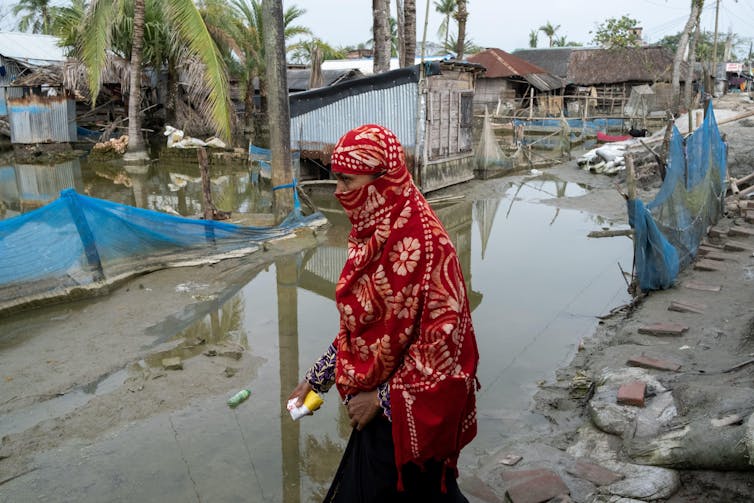
However, the impacts are broader than that. A recent study looked at women’s lives, particularly among the ethnic Munda community, in the Khulna, Satkhira and Bagerhat districts. It found that bad management of open-water sources (ponds and canals) has led to high water salinity. Women and girls, who are responsible for family provisions, have to walk up to 3km – and sometimes as far as 5km – to find drinking water.
They spend long hours carrying heavy water pots, which leads to chronic pain conditions. During droughts, this task can take over three hours daily. The women and girls also face harassment from boys and men while collecting the water.
A 2020 study in Ilaje, a coastal region in Nigeria, found that, there too, women and girls often bear the responsibility of ensuring there’s enough food, fuel and clean water available at home. During times of low rainfall or drought, they have to cover similarly long distances. Young girls sometimes have to leave school in order to help their mothers with these tasks.
Pregnant women in Ilaje, particularly, are vulnerable to health effects like malnutrition, dehydration, anemia, and other health risks related to low food and water availability during crises.
Due to prevailing patriarchal norms, Ilaje women lack the authority to make independent decisions within their families and in society. They don’t have control over financial matters and assets. And they are not given opportunities to participate in public spaces, in particular within community group discussions on climate change adaptation. As a result, they are unable to voice their specific concerns and needs – at both family and community levels.
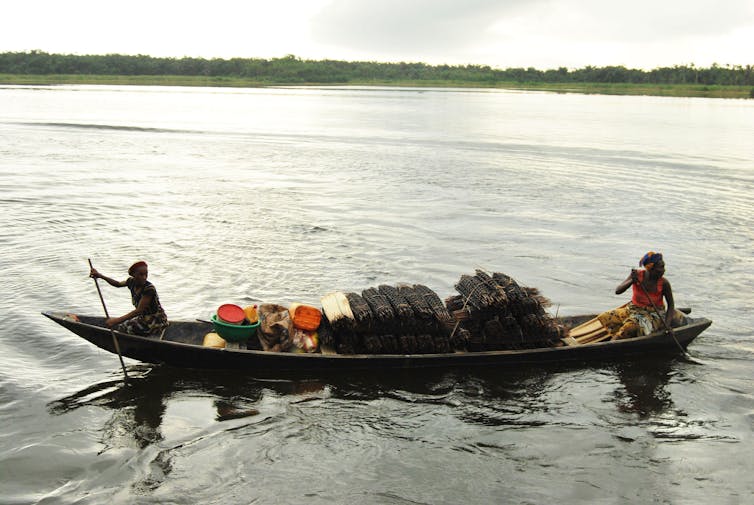
Oceans and coastal ecosystems cover over two thirds of the planet. They play a crucial role in food and energy production as well as creating employment opportunities. About 600 million people – around 10% of the world’s population – reside in coastal areas that are less than 10 metres above sea level.
The central tenet of the UN’s 2030 agenda for sustainable development is to “leave no one behind”. Applying a feminist political lens to the climate crisis is crucial to understanding how multilayered the problems facing women and girls in rural and coastal regions around the world are.
Yet, social and feminist research on how the climate is changing has been scarce. Without it, women and girls will indeed be left behind.
Source link : View article
Author
-
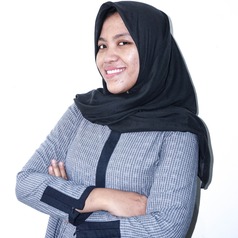
Andi Misbahul Pratiwi is a PhD Candidate at the School of Geography, University of Leeds. She pursued her Master's degree in Gender Studies at the University of Indonesia from 2016 to 2018. From 2015 to 2020, she worked as an editor at Jurnal Perempuan, an accredited feminist academic journal in Indonesia. In 2021, she joined the National Commission on Violence against Women (Komnas Perempuan) in the Law and Policy Reform Sub-Commission. Currently, she is a Ph.D. student at the University of Leeds, UK, focusing on Gender, Sexuality, and Climate Change in the Global South, with UKRI studentship.

